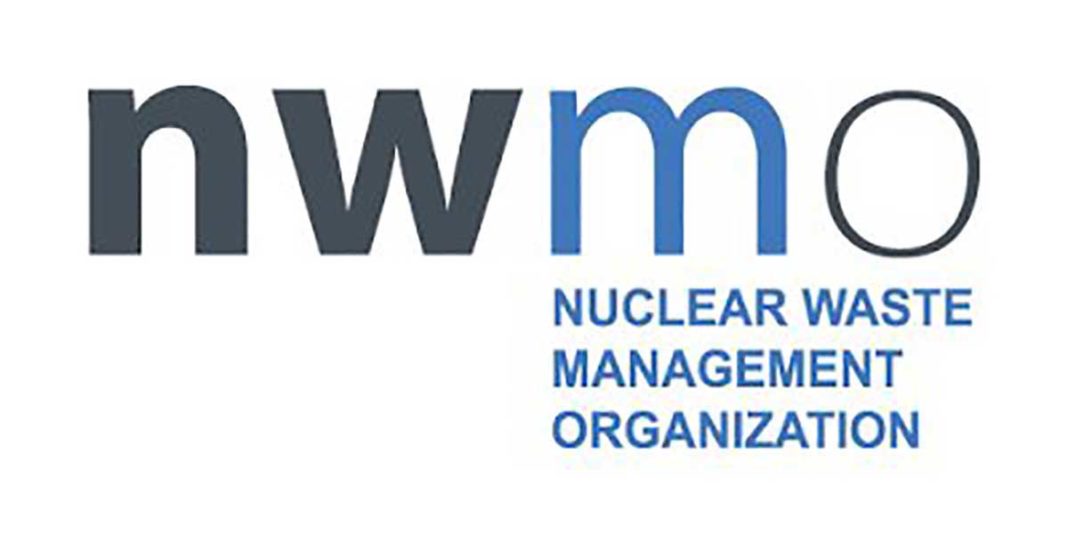MANITOULIN – Nearly 60 percent of Ontario’s power comes from nuclear. Like all industries, nuclear power generation produces waste. Used nuclear fuel can remain radioactive for 10,000 years or more, making safe transport and storage crucial for the protection of people and the environment. The process to identify a single preferred location for a deep geological repository to store used nuclear fuel has been underway for about 10 years now.
Initially there were 22 communities expressing interest and currently there are two areas actively considering the project: The Municipality of South Bruce in southern Ontario and the area around Ignace in northwestern Ontario. This is the first time Nuclear Waste Management Organization (NWMO) has undertaken a study that considers the impact of long term climate change on infrastructure.
A deep geological repository is a series of naturally occurring and engineered barriers which work together to ensure the long-term isolation and centralized containment of used nuclear fuel for an extremely long time and protects both people and the environment. The study, completed by Golder Associates, focused on climate change in the Ignace area, specifically on how precipitation will change in the future, said Kelly Liberda, a senior engineer with NWMO. “It’s important to us to mitigate and minimize any risk posed by environmental factors such as climate change when we’re designing our facility,” she said.
Increased precipitation can impact the watershed in a given area, resulting in flooding or other extreme climate events. Previous industry studies have looked at the potential impact of present day precipitation levels on repository operations, but the Golder Associates study was undertaken to consider long-term impacts based on future precipitation levels due to climate change.
There is a level of uncertainty that was taken into account during the assessment by considering a range of possible scenarios, she said. The assessment will be revisited periodically as projections are updated.
“The time horizon for the storage of used nuclear fuel is very long, which means we must take into account how the evolution of climate change could impact our operational environment over that period,” said Ms. Liberda. “A fundamental tenet of NWMO’s mission is to incorporate new knowledge and adapt plans in response to changing conditions.”
The study considered projected changes in climate over three separate time periods: mid-century (2041 to 2070); end-of-century (2071-2100); and beyond 2100. These periods coincide with the different phases for a possible deep geological repository, including site preparation and construction; the operational period (where fuel is received from interim storage locations and repackaged into long-lived containers that are moved underground into the repository); extended post-closure monitoring; and decommissioning.
Based on a multi-model assessment of publicly available data, the Golder Associates study found that both one-day probable maximum precipitation and one-day rainfall events in the Ignace study area are projected to increase in the 2050s and 2080s. Indicating the future “is likely to be wetter,” the study offered recommendations for how their findings could be best leveraged in future planning.
“Scientific assessments like these provide invaluable information which helps inform the NWMO’s design plans,” added Ms. Liberda. The focus has been on facility design with a priority on the protection of people and environment throughout all phases of the project. “Climate change is just one of the factors we’re considering,” she said. “This will be one of the inputs to our facility design to ensure safety. Right now, the focus of this work has been on precipitation. The study did indicate that in the future precipitation is likely to increase.”
The analysis is specific to the Ignace area and the next step will be to undertake a similar assessment in the South Bruce study area. Technical site evaluations and social studies are also continuing in the Municipality of South Bruce. NWMO expects to identify a single, preferred site for the project—in an area with informed and willing hosts—by 2023.






